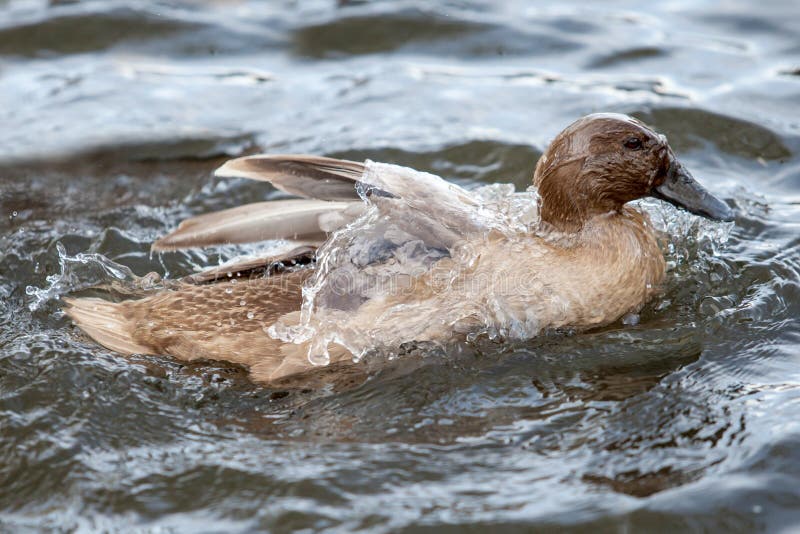 |
 |

 without much weight. BUOYANT BODIES. When you hold your breath your body floats more easily because the trapped air gives it buoyancy. Ducks are able to float for a long time because of this principle but without holding their breath this is because their body is equipped with Internal air sacs that store air like balloons. Making them extremely buoyant without affecting their ability to breath.
without much weight. BUOYANT BODIES. When you hold your breath your body floats more easily because the trapped air gives it buoyancy. Ducks are able to float for a long time because of this principle but without holding their breath this is because their body is equipped with Internal air sacs that store air like balloons. Making them extremely buoyant without affecting their ability to breath. 
No comments:
Post a Comment